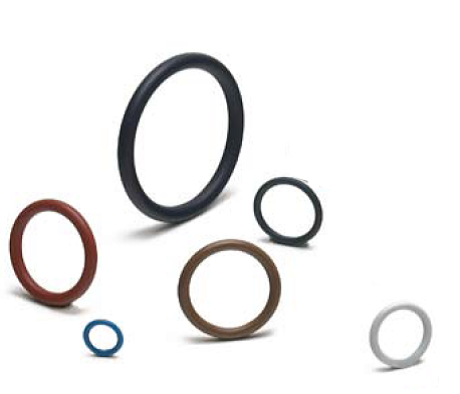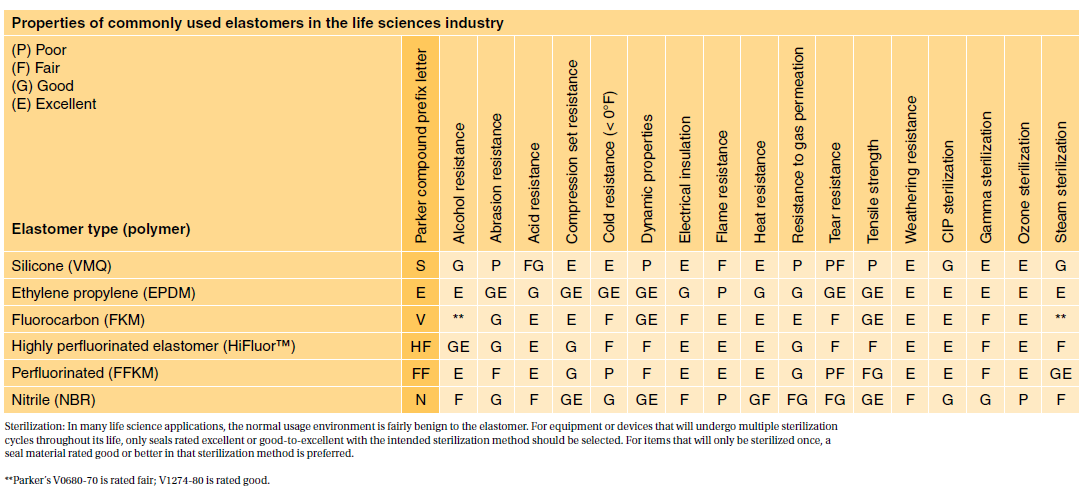usp class vi vs fda
It consists of 3 testing requirements. Table 1 shows our standard programme FDA compliant com- FDA and USP class VI compliant.

Standard Fda And Usp Class Vi Compliant Materials For All Types Of Hygienic Connections Repassa
USP Class VI Biological tests per USP Class VI USP tests are used to determine the biological reactivity of plastic materials.

. In 1988 in vitro tests were explored and USP concluded that in vitro. The United States Pharmacopeia USP is a non-governmental not-for-profit public health organization that is an official public standards-setting authority for all prescription and over-the-counter medicines and other health care products manufactured or sold in the United States. Both ISO 10993 and USP Class VI define testing requirements for biocompatibility the ability of a material to perform a desired function without causing adverse effects on the human body.
Certificates of Conformance COC attest to a batchs compliance with those requirements. USP Class VI Testing is only one standard of biocompatibility however. The USP also establishes standards for food ingredients.
If bacterial endotoxins are. FDA and USP Class VI O-Rings. Specialty Silicone Products SSP provides complete certifications to demonstrate the quality of its SSP-2390 Series USP Class VI FDA and RoHS compliant silicones.
Plastics were assigned Class I-VI based on the biological in vivo testing systemic injection intra-cutaneous and implantation tests. That being said if you cant get an ISO 10993 compliant material often because the material simply hasnt been tested using a USP Class VI material is a less risky option. Eventually the answers depend on where you are required to clear a device.
So does ISO 10993. Moulded O-rings class 1 less than 10 furnace black These can be produced in all possible dimensions up to diameter 1400 mm internal. While it is possible a USP Class VI material could also be ISO 10993 compliant its not a given and USP Class VI alone is not sufficient for adherence to ISO 10993.
USP class VI is also a good starting point. The USP publishes bio compatibility protocols for the plastics and polymers used in medical devices or surgical equipment that may come in. By ensuring that a material is non-toxic and wont result in immunological rejection biocompatibility testing ensures that a rubber is safe for use with.
Certificates of Analysis COAs report the test results for a specific batch of materials. Sil 714001 USP class VI Silicone 1 70 Yes transl. Most importantly use of Class VI certified materials substantially reduces the risk of causing harm or increased stress to a patient from reaction to a toxic material.
FDA believes an Abbreviated 510k provides the least burdensome means of demonstrating substantial equivalence for a new device particularly once a class II. Sil 714002 USP class VI Silicone 1 70 Yes transl. 1965 USP XVII introduced Biological TestsPlastics Containers section was added and made official in the Compendium.
For example if the product has an MVD of 1100 and the product displays inhibition at the 110 but not at the 120 it may be best to screen product at 130. 27 rows The USP Class VI compounds must be made from ingredients with clear histories of. There are two important organisations that play a key role in the regulation of elastomers and O-rings these being the United States Pharmacopeia USP and the US Food and Drug Administration FDA as well as meeting European regulation EU1935.
USP Class VI and FDA White List Silicone and Organic Elastomer Compounds for Healthcare Products. Food contact guidelines Compliance with FDA Regulation CFR21 Based on the data from the raw material supplier we can provide a certification. That said the lack of risk assessment in USP Class VI can be a problem.
Consumers implicitly rely upon the standards put into place by governing agencies to protect the publics health and well-being. USP Class VI vs. There may be some confusion between FDA USP Class VI and FDA food grade materials.
One standard often overlooked but usually published alongside USP Class VI is FDA 21 CFR 1772600. Specially formulated for long term sealing. Testing is commonly done as per USP which requires three types of.
Any company wishing to produce USP Class O-rings for any kind of food. USP Class VI Chapter 88 relates to in vivo biological reactivity tests its purpose is to determine the biological response impact of elastomeric materials on live animals. Both ISO 10993 and USP Class VI define testing requirements for biocompatibility the ability of a material to perform a desired function without causing adverse effects on the human body.
When you see CFR 21 FDA 1772600 on MFC elastomeric material it means that it is on the FDA list of. USP Class VI testing is conducted by producing an extract of the product with different extraction fluids such as polyethylene glycol and vegetable oil and injecting it in specimen rabbits and mice in vivo alive to observe the biological response to the extract. When evaluating a new product many of our customers immediately jump to USP Class VI approval tests.
USP Class VI materials EPDM Silicone Fluorocarbon and Perfluoroelastomer 24 materials which are compliant to FDA 21 CF R1772600. Most of our products are USP VI systemic and intracutaneous toxicity compliant. USP stands for US.
Class VI materials which were discussed earlier are tested according to the above protocols. Sample of the compound is prepared with specific extraction fluids like vegetable oil and polyethylene glycol. Pharmacopeia a private non-government organization that promotes the public health by establishing state-of-the-art standards to ensure the quality of medicines and other health care technologies.
FDA food-grade rubber materials typically comply with FDA 21. However Class VI also requires subacute toxicity and implantation effects which many ISO 10993 categories do not. The FDA requirements differ from the TGAs.
Darcoid and Parker offer a wide range. It generally ensures a high quality level and better acceptance with the FDA and USDA. Pharmacopeial Convention USP is a non-profit organization with a purpose of creating standards for medications food ingredients dietary supplements and healthcare technologies.
Its possible that a USP Class VI material can also. However its acceptability applicability is declining while ISO 10993 becomes the gold standard. USP Class VI demands an intracutaneous irritation test.
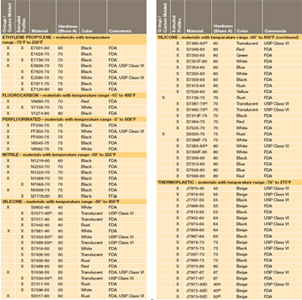
Fda Usda Nsf51 Usp Class Vi Compliant Seals Products
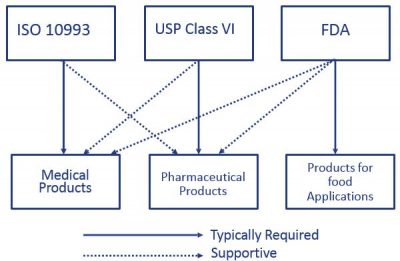
Material Selection Medical Injection Molding Xcentric Mold
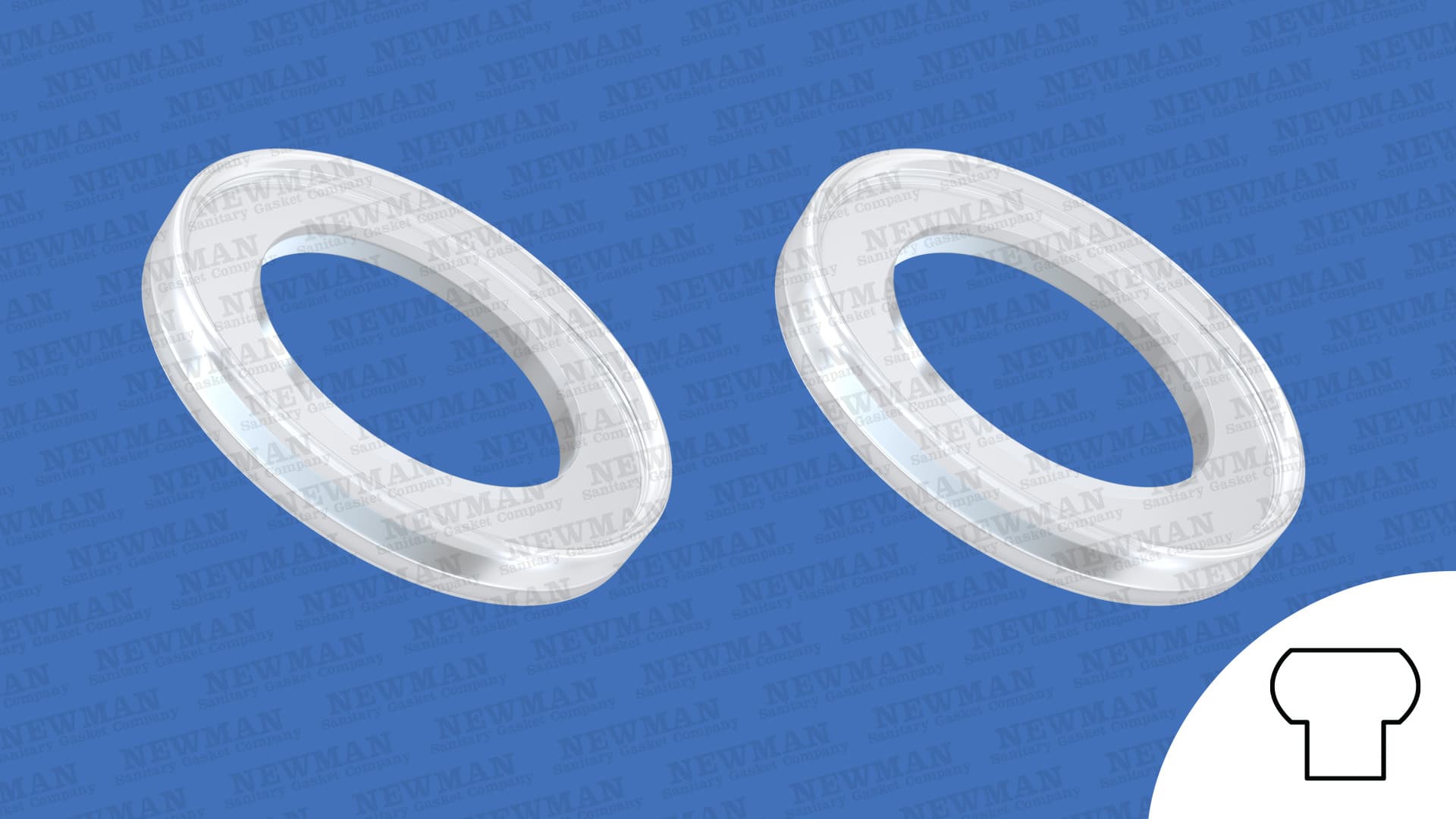
Biopharmaceutical Usp Class Vi Gaskets Newman Sanitary Gasket
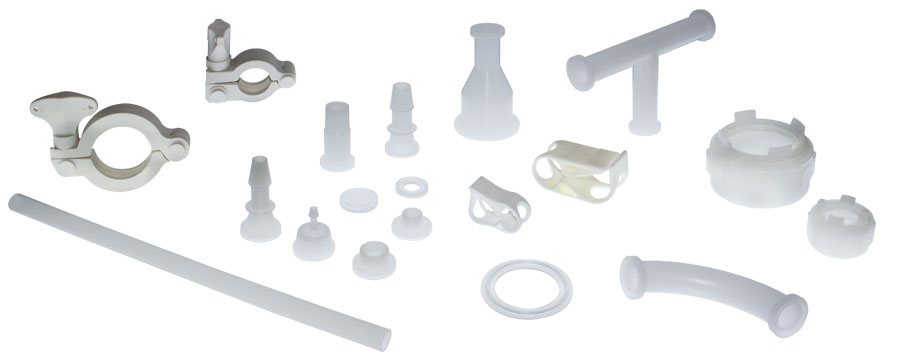
What Is Usp Class Vi Testing Tbl Plastics

Duraform Pa Certification Usp Class Vi Iso 10993 And Food Contact
![]()
Usp Class Vi Silicone Is Independently Certified For Biocompatibility Specialty Silicone Products Inc

Usp Class Vi Foster Corporation

Iso 10993 Vs Usp Class Vi Medical Molding And Bicompatible Rubber The Rubber Group
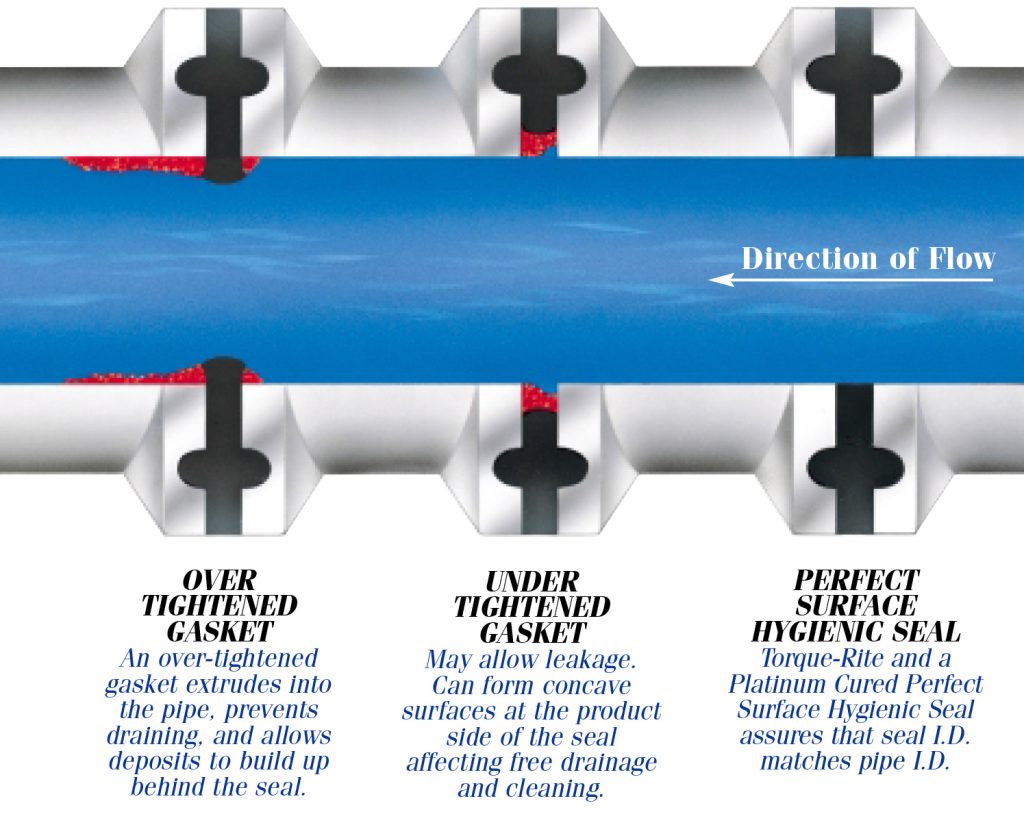
Standard Fda And Usp Class Vi Compliant Materials For All Types Of Hygienic Connections Repassa

Fda And Usp Class Vi O Rings Guide 2020 Nes

O Rings Fda And Usp Class Vi Darcoid Rubber Company Oakland California

Understanding Food Grade Vs Biocompatibility For Medical Device Materials Medical Product Outsourcing
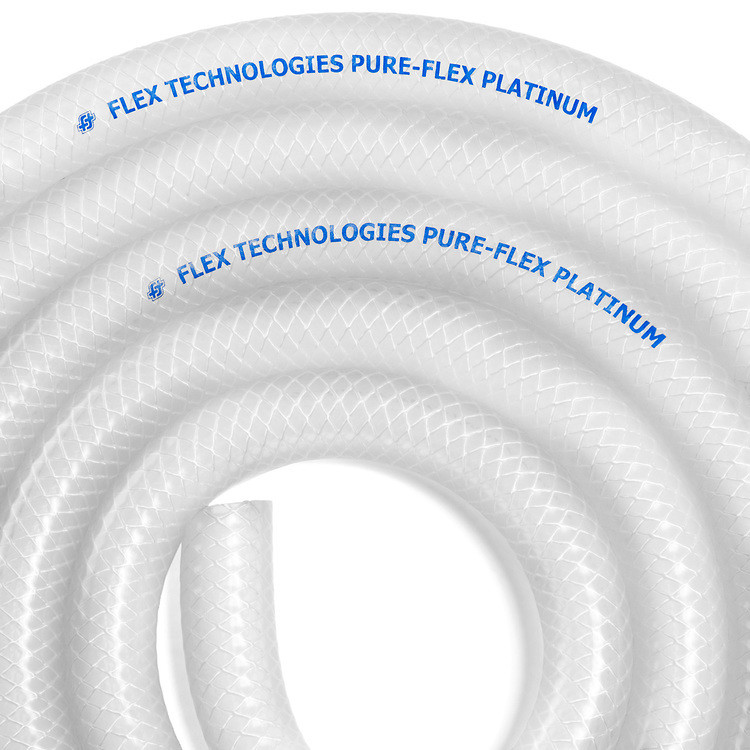
0 75 3 4 Id Fda Usp Class Vi Platinum Silicone W Polyester Braid Food And Pharma Grade Flex Technologies Incorporated
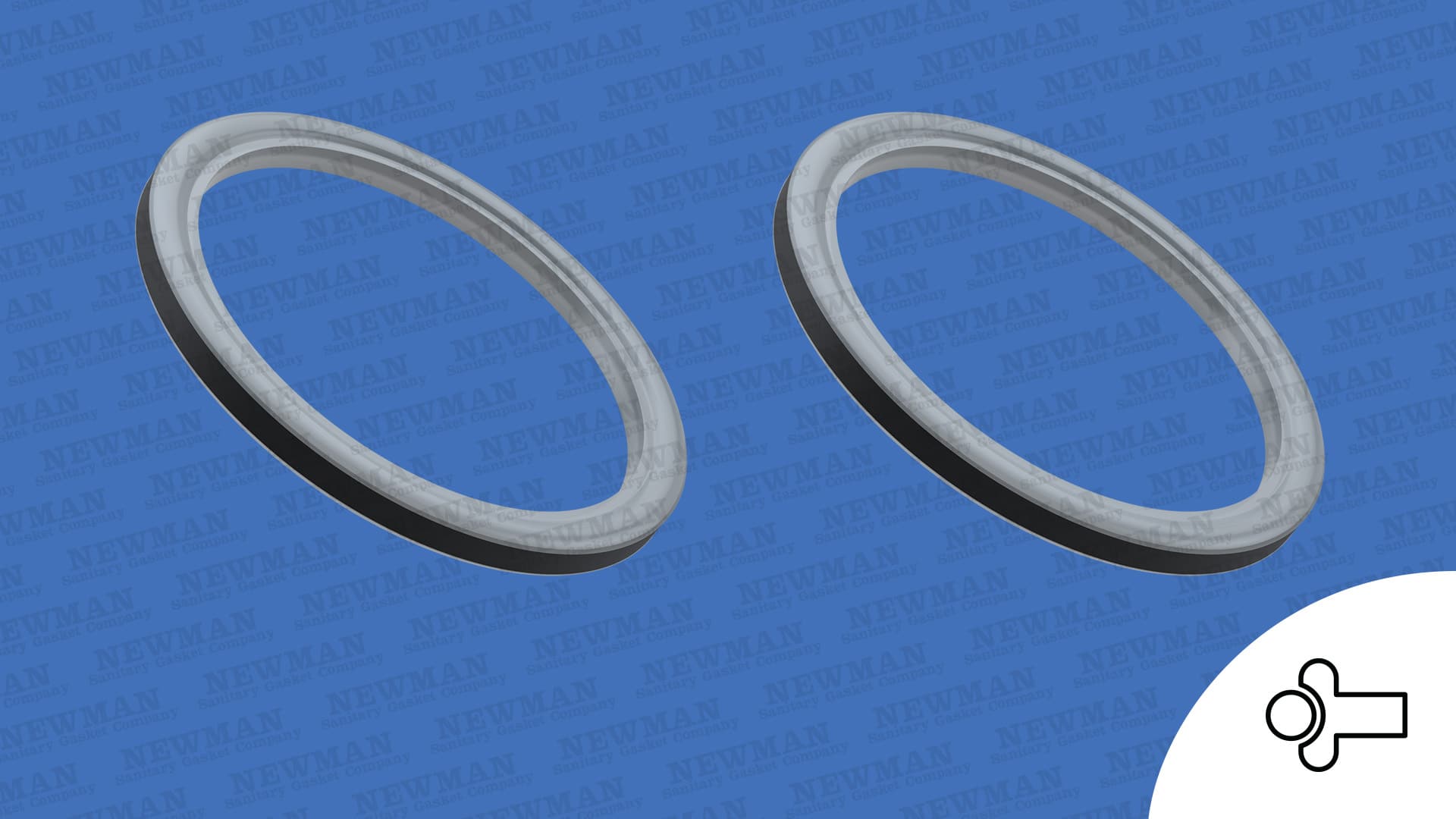
Biopharmaceutical Usp Class Vi Gaskets Newman Sanitary Gasket

Usp Class Vi Certification Presco Marking Products And Engineered Films

Silicone Breathing Tube Medical Grade Silicone Medical Medical Grade

